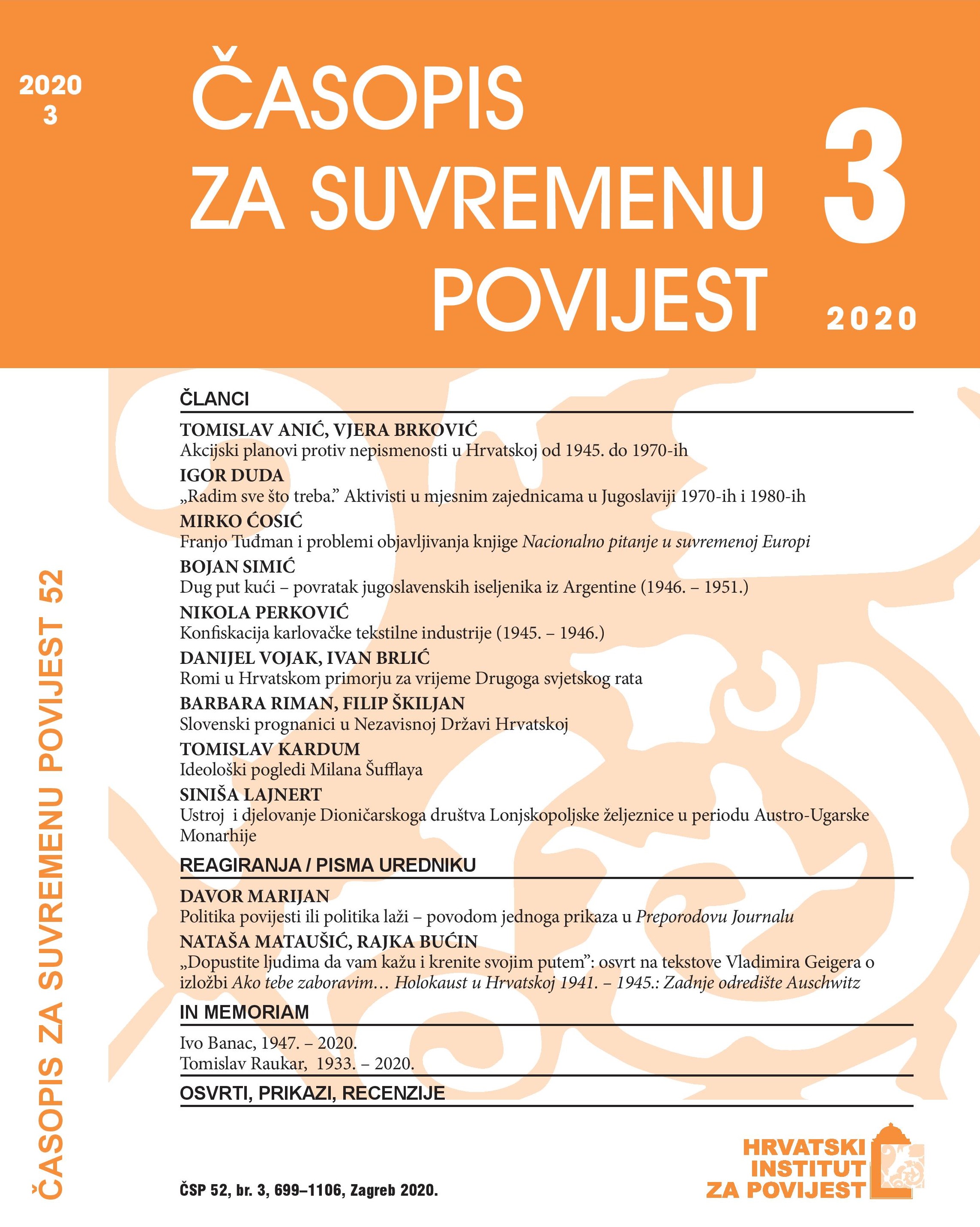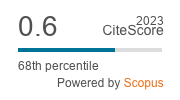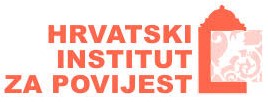Confiscation of the Textile Industry in Karlovac from 1945 to 1946
DOI:
https://doi.org/10.22586/csp.v52i3.10404Keywords:
Karlovac; 1945–1946; confiscation; textile industryAbstract
The topic of this paper are the economic processes initiated through political decisions in Karlovac and its surroundings after World War II, from 1945 to 1946. In a wider context of economic relations, the focus is on the confiscation of the textile industry in Karlovac and its surroundings as a leading initiator of economic development in the mentioned area. Confiscation, through judicial government, meant taking private property away by force with the aim of collectivising property for the needs of the central unitarist and totalitarian government. After studying the available documentation, it is obvious that the most successful companies in the textile industry, but not only them, became the state’s property via judicial decisions. After that, the state, through its administrative and central way of governing, made all important business decisions related to the confiscated companies as well as directly about the economic situation in the whole country. Moreover, it is important to emphasise that confiscation was one of the ways used to punish pre-war and wartime political opponents. It was also a way of making them unimportant in social relations, and finally making them dependent on the central government, which, as I have already stressed, dictated political and economic processes on all levels.
Downloads
Published
How to Cite
Issue
Section
License
Copyright (c) 2020 authors and journal

This work is licensed under a Creative Commons Attribution-NonCommercial 4.0 International License.
Copyright holders are the publisher Croatian Institute of History and the authors. Journal of Contemporary History is an Open Access journal. Users are allowed to read, download, copy, redistribute, print, search and link to material, and alter, transform, or build upon the material, or use them for any other lawful purpose as long as they attribute the source in an appropriate manner according to the Creative Commons licence CC BY-NC. The papers published in Journal of Contemporary History can be deposited and self-archived in the institutional and thematic repositories providing the link to the journal's web pages and HRČAK. Journal does not charge article processing charges (APC). The editors assume no responsibility for statements of fact or opinion made by contributors.




